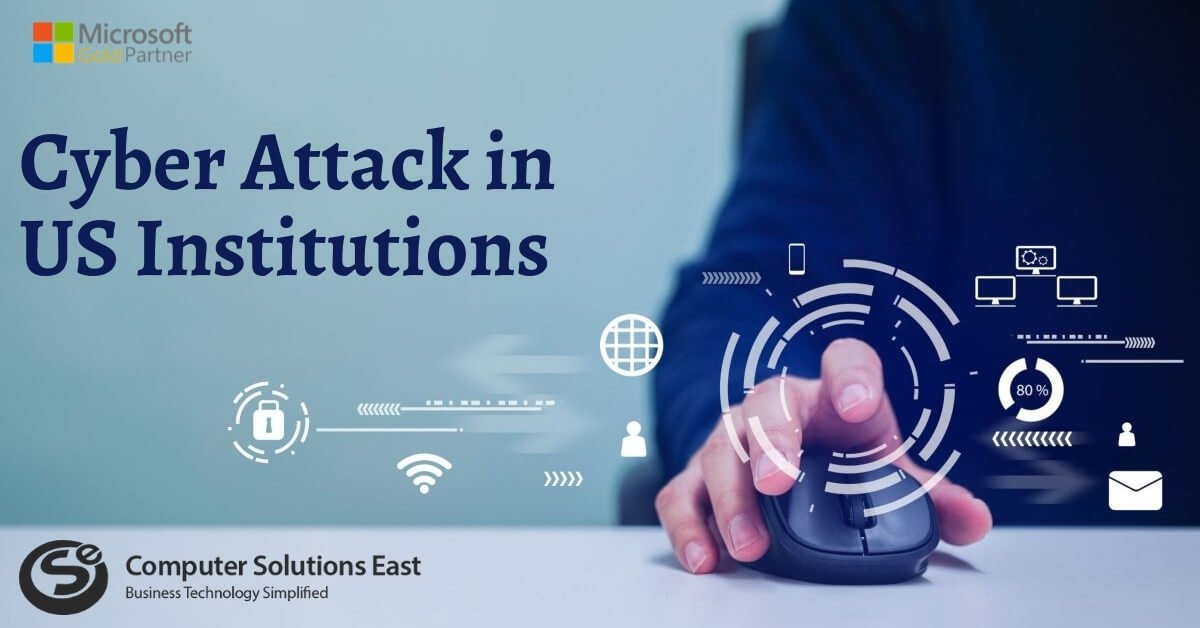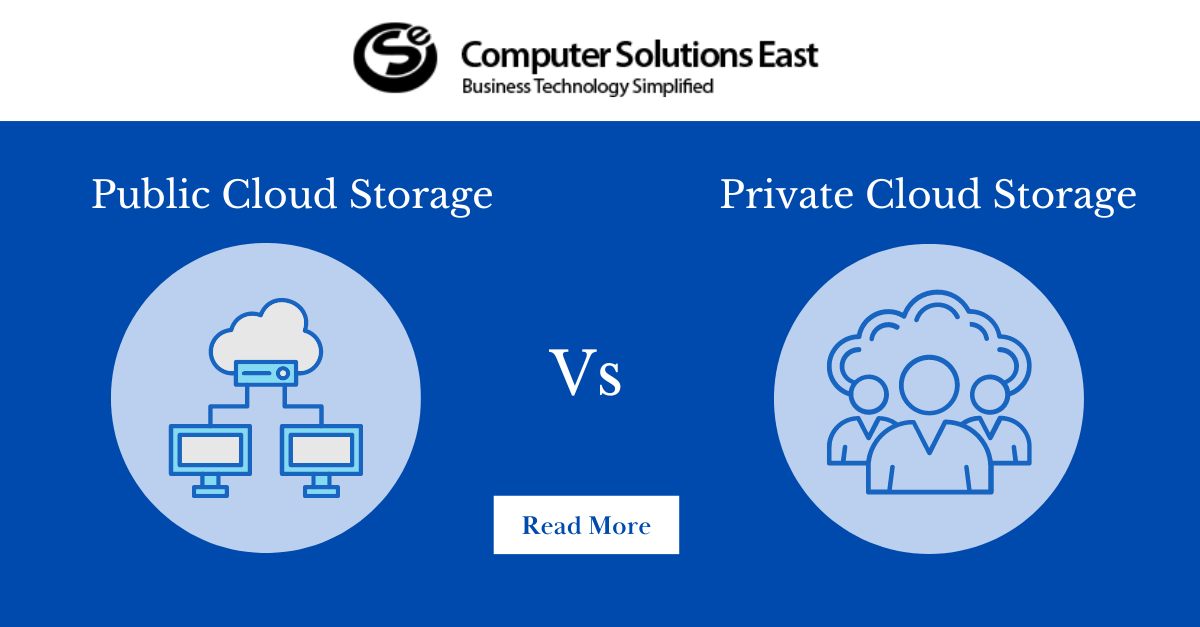The Ultimate Guide to IT Support Services: Empowering Your Business
IT support services play a crucial role in today’s technology-driven world. With the increasing dependence on computers, networks, and software systems, businesses need reliable and efficient IT support to ensure smooth operations. This comprehensive guide will take you through the various aspects of IT support services, from understanding their definition and importance to choosing the right provider, implementing the services, and effectively managing them. We will also discuss the future trends in IT support services and how to stay updated in this ever-evolving field.

Understanding IT Support Services
Definition and Importance of IT Support Services
IT support services encompass a range of activities that aim to assist users and organizations with their technology-related needs. These services are designed to provide technical assistance, troubleshoot issues, and maintain the smooth functioning of IT infrastructure. Ultimately, the primary goal of IT support services is to minimize downtime, enhance productivity, and ensure that technology aligns with business objectives.
The importance of IT support services cannot be overstated. In today’s digital age, businesses rely heavily on technology for their day-to-day operations. From email communications to data storage and security, technology infrastructure forms the backbone of modern enterprises. When issues arise, it is critical to have a dedicated IT support team that can quickly resolve problems and mitigate the impact on business operations.
Different Types of IT Support Services
A variety of IT support services are specifically designed to meet different needs and requirements. Some common types of IT support services include:
- Help Desk Support: Help desk support addresses user issues, provides technical guidance, and resolves problems through remote assistance or on-site visits.
- Network Support: Network support focuses on ensuring the stability and security of computer networks, including setup, configuration, troubleshooting, and maintenance.
- Hardware Support:Hardware support involves diagnosing and resolving issues related to computer hardware, including desktops, laptops, servers, and peripherals.
- Software Support: Software support includes troubleshooting software-related problems, assisting with updates and patches, and providing guidance on software usage.
- Security Support: Security support protects computer systems and networks from unauthorized access, viruses, malware, and other cybersecurity threats.
By understanding the different types of IT support services, businesses can opt for the ones that align with their needs and ensure a comprehensive approach to managing their technology infrastructure.
Choosing the Right IT Support Service
Factors to Consider When Selecting IT Support
Choosing the right IT support service provider is crucial for a successful and satisfactory experience. Several factors should be considered before deciding:
- Experience and Expertise: Look for providers with a proven track record and expertise in the industry.
- Service Level Agreements: Understand the terms and conditions of the support services, including response times and problem resolution guarantees.
- Scalability: Ensure the IT support provider can accommodate your future growth and adapt to changing technology needs.
- Availability and Accessibility: Always consider the availability and accessibility of the support team, especially during critical moments.
- Cost: Evaluate the price of the IT support services and the value they provide, considering both short-term and long-term expenses.
By carefully considering these factors, businesses can make an informed decision and select an IT support provider that meets their specific requirements.
Common Mistakes to Avoid
While choosing an IT support service, it is essential to be aware of common mistakes businesses often make. By avoiding these pitfalls, organizations can ensure a seamless experience and optimize the benefits of IT support services:
- Ignoring Scalability: Failure to consider future growth can lead to outgrowing the IT support provider’s capabilities and necessitate a costly transition.
- Overlooking Service Level Agreements: Not thoroughly understanding the service level agreements can result in unmet expectations and dissatisfaction with the support services.
- Not Considering Proactive Support: Reactive support may address immediate issues, but businesses should also prioritize providers that offer proactive monitoring and maintenance to prevent problems before they occur.
- Underestimating Security Needs:Inadequate security support can leave businesses vulnerable to cyber threats, highlighting the importance of incorporating robust security measures into IT support services.
- Settling for Inadequate Support:Opting for a provider solely based on cost without considering their expertise and capabilities can lead to subpar support.
By avoiding such common mistakes, businesses can make well-informed decisions and ensure a positive and productive relationship with their IT support service provider.
Implementing IT Support Services
Steps to Implement IT Support Services
Implementing IT support services requires careful planning and execution. The following steps can guide organizations in successful implementation:
- Assess Needs: Identify the specific IT support requirements based on the organization’s size, infrastructure complexity, and business objectives.
- Define Service Level Agreements: Clearly define the expected response times, problem resolution timescales, and availability of support.
- Choose an IT Support Provider: Select a provider that meets the identified requirements, aligns with the organization’s goals, and provides the desired level of support.
- Establish Communication Channels:Establish effective communication channels between the IT support team and the organization’s staff to streamline issue reporting and resolution.
- Train Staff: Train employees on effectively utilizing IT support services and communicating technical issues.
By following these steps, organizations can smoothly implement IT support services and improve the reliability and efficiency of their technology infrastructure.
Overcoming Implementation Challenges
Implementing IT support services may present various challenges that businesses need to overcome for a successful implementation:
- Resistance to Change: Employees may need help adjusting to new processes and systems. Effective change management strategies can help overcome resistance.
- Integration Complexity: Integrating IT support services with existing infrastructure can be complex. Thorough planning and coordination can streamline the integration process.
- Training and Education: Ensuring employees have the necessary skills and knowledge to utilize the IT support services effectively is essential. Providing adequate training and ongoing education can address this challenge.
- Adapting to Evolving Needs: Technology needs and requirements continually evolve. Being agile and proactive in adapting IT support services to changing needs can help organizations stay ahead.
By recognizing and addressing these implementation challenges, businesses can ensure a smooth transition and successful utilization of IT support services.
Managing IT Support Services
Best Practices for IT Support Management
Managing IT support services effectively requires adopting best practices that align with industry standards and promote efficiency and customer satisfaction. Some critical best practices include:
- Creating a Centralized Knowledge Base: Documenting solutions, known issues, and best practices in a centralized knowledge base can enable quick problem resolution and knowledge sharing.
- Continuously Monitoring Performance: Regularly monitoring performance metrics and client feedback that could help identify areas for improvement and ensure service level agreement compliance.
- Encouraging Effective Communication: Promoting open and effective communication between IT support teams and users can improve issue resolution and customer satisfaction.
- Embracing Automation and Self-Service: Leveraging automation and self-service technologies can enhance efficiency, empower users, and free up support resources for more complex issues.
- Providing Ongoing Training: Offering ongoing training and professional development opportunities to IT support staff ensures regular updation with the latest technologies, best practices, and industry trends.
Organizations can effectively manage their IT support services, optimize productivity, and deliver exceptional customer experiences by implementing such practices.
Tools and Technologies for IT Support Management
Many tools and technologies are available to streamline and enhance IT support management processes. Some popular ones include:
- Ticketing Systems: Ticketing systems enable efficient issue tracking, assignment, and resolution.
- Remote Desktop Tools: They allow IT support personnel to troubleshoot issues by accessing users’ computers remotely.
- Monitoring and Alerting Software: Monitoring and alerting software continuously monitors IT infrastructure to identify potential issues and notify support staff for prompt resolution.
- Knowledge Base Platforms: These platforms serve as repositories of valuable information, enabling efficient knowledge sharing among support teams.
- Collaboration Tools: Collaboration tools facilitate effective communication and teamwork among support teams, enabling seamless issue resolution.
By leveraging these tools and technologies, organizations can streamline their IT support management processes, enhance efficiency, and deliver superior support to users.
Future Trends in IT Support Services
Emerging Trends in IT Support
As technology evolves, so do the trends in IT support services. Keeping up with these trends is essential for organizations to stay competitive and provide the best possible support to their users. Some emerging trends in IT support services include:
- Artificial Intelligence (AI) in Support: AI-powered chatbots and virtual assistants can handle routine support tasks, improve response times, and enhance the overall support experience.
- Proactive Monitoring and Predictive Analytics: IT support teams can identify and handle issues proactively, minimizing downtime and improving productivity using advanced monitoring tools and predictive analytics.
- Cloud-based Support Solutions: Cloud-based support solutions offer scalability, flexibility, and enhanced accessibility, allowing organizations to manage their IT support services from anywhere efficiently.
- Self-Service Support Portals: Self-service support portals empower users to resolve their issues independently, reducing reliance on IT support personnel and promoting user autonomy.
- Cybersecurity Support: With the increasing frequency and sophistication of cyber threats, IT support services are emphasizing cybersecurity support, ensuring robust protection for organizations’ digital assets.
By embracing these emerging trends, organizations can stay at the forefront of IT support services and leverage technological advancements to deliver superior support to their users.
How to Stay Updated with IT Support Trends
Organizations can adopt the following strategies by staying updated with the latest industry trends in IT support services:
- Industry Research and Publications: Regularly reading industry publications, blogs, and research reports can provide valuable insights into emerging trends and best practices.
- Attending Conferences and Webinars: Participating in conferences and webinars dedicated to IT support services can foster knowledge-sharing and provide opportunities to learn about the latest trends.
- Networking: Engaging with professionals in the IT support industry through networking events and online communities can facilitate knowledge exchange and awareness of current trends.
- Continuous Learning and Certifications: Encouraging IT support staff to pursue continuous learning, attend training programs, and earn relevant certifications ensures they stay updated with the latest trends and technologies.
- Engaging with IT Support Service Providers: Establishing open lines of communication with IT support service providers can enable organizations to gain insights into emerging trends and industry advancements.
By proactively staying updated with IT support trends, organizations can position themselves for success and leverage the latest innovations to drive their technology infrastructure forward.
IT support and services are integral to the success of modern businesses. From understanding the definition and importance of these services to choosing the right provider, implementing them effectively, and managing them efficiently, organizations must navigate various aspects to ensure optimal support for their technology infrastructure.
By embracing best practices, leveraging tools and technologies, and staying updated with emerging trends, businesses can harness the power of IT support services to enhance productivity, minimize downtime, and pave the way for sustainable growth.


